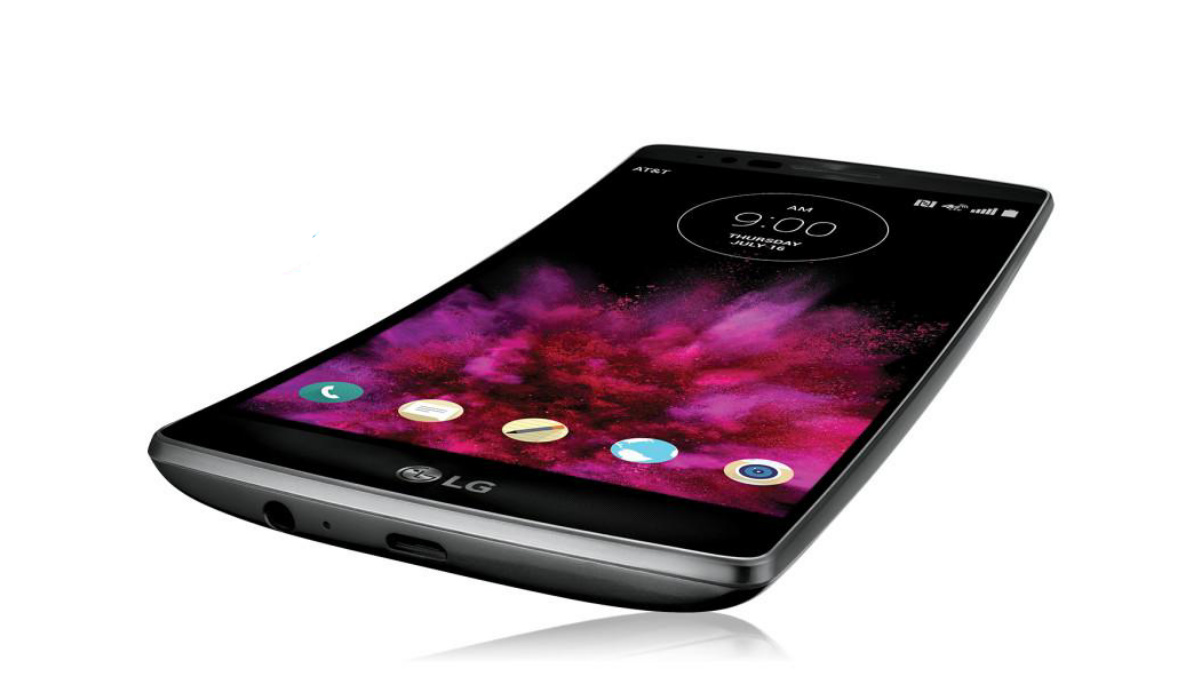Foldable displays are the bedrock of foldable phones and devices. In other words, foldable smartphones are possible only to the extent that technology is able to make foldable displays possible. Mister Mobility initially wrote this article in 2014. He has now updated it to reflect developments between that time and 2021 and beyond.
The very earliest attempts at making foldable phones flopped. Samsung was an early innovator in this regard, but kept pushing a release back. Some of the earliest experiments applying foldable displays included awkward looking curved displays, like the one seen on the LG G Flex in 2013. It folded…but more like it curved or bent.
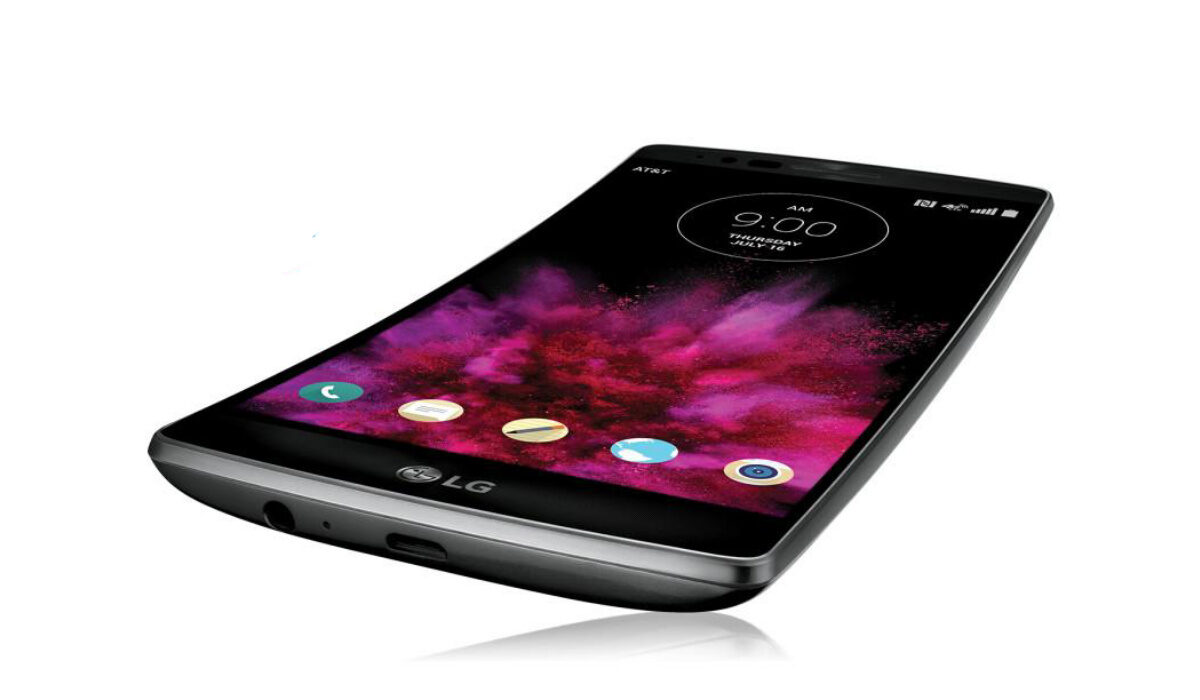
Back then, I had no idea what the benefit of a curved smartphone was or would be. I spent some time thinking about it, and I wasn’t able to figure it out. The phone simply looked and felt like a banana in the hand. Apart from that…
I did imagine that if manufacturers could make the rest of the components foldable so that a tablet could be rolled up like a newspaper, that would be something. I could think of some possible merits in that concept.
Samsung did eventually announce a foldable device, and even that was riddled with problems. But as with all new technological endeavours, things get better and better. And they did with foldable displays.
Hybrid Devices With Foldable Displays Are Here
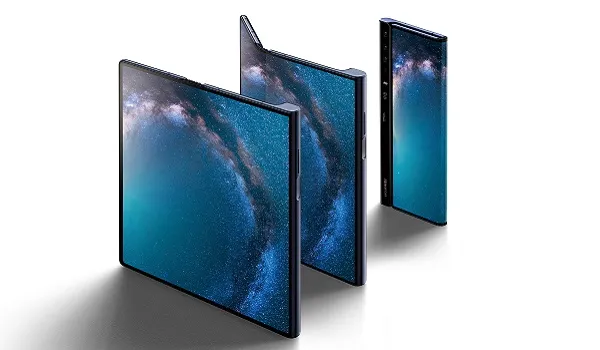
But foldable display technology has since progressed and made things happen. Fast forward to 2021, and there are varying shades of hybrid devices with a foldable display. A hybrid device is one that is a mix of two things.
Consider the Samsung Galaxy Fold, for example. When opened up, it is a full fledged tablet. When folded, however, it is the size of a smartphone. The age of Transformer phones beckons.
Most manufacturers who have dabbled with foldable displays have gone the route of Tablet-phone devices in their implementation. For example, we have: Huawei Mate Xs and Xiaomi Foldable Phone: first look (video & renders).
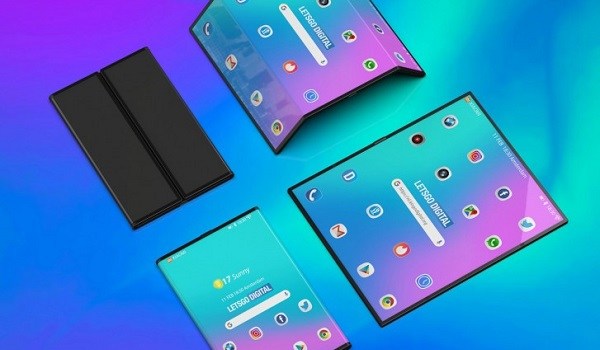
However, we have another class of foldable phones that do not morph into a tablet – the new foldable flip phones. These are standard-sized phones when opened up, and closed clams/flips when folded. Foldable phones in this category include Samsung Galaxy Z Flip, and Motorola RAZR 2019 foldable phone.
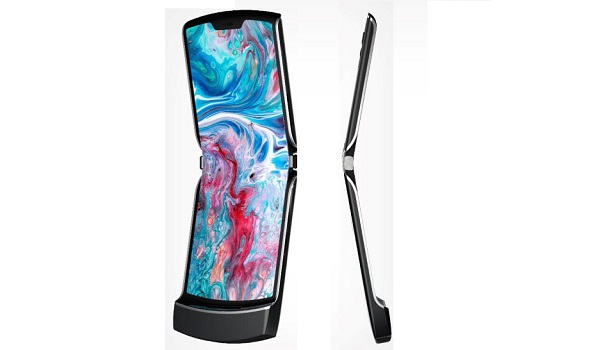
The Future of Foldable Displays
One thing is clear: devices with foldable displays are here to stay. The first two generations have done well and things can only get better from here. As foldable display technology improves, we might even see more interesting and complex form factors evolve.
For the foreseeable future though, we will see refinements in the present form factors – stronger hinges, better screen protection, better battery life, and the like. For example, the Samsung Galaxy Z Flip3 is rumoured to be coming with an ultra thin glass display.
Initially, foldable displays were strictly a plastic affair. Plastic bends; glass not so much. But technology is improving to deliver foldable glass. We should see foldable glass protection soon too, so these $1500-$2000 get some measure of safety should they unilaterally decide on an appointment with the hard floor.
One other thing that has to happen in the next few years is a price drop in the cost of foldable smartphones. Right now, they are not for the faint-hearted, or for the trim purse.
- Don’t miss our mobile phone reviews.
- Follow our news on Google News.
- Join our WhatsApp Group, to be notified of the most important articles and deals,
- Follow us on Instagram, Facebook, Twitter, and YouTube.

